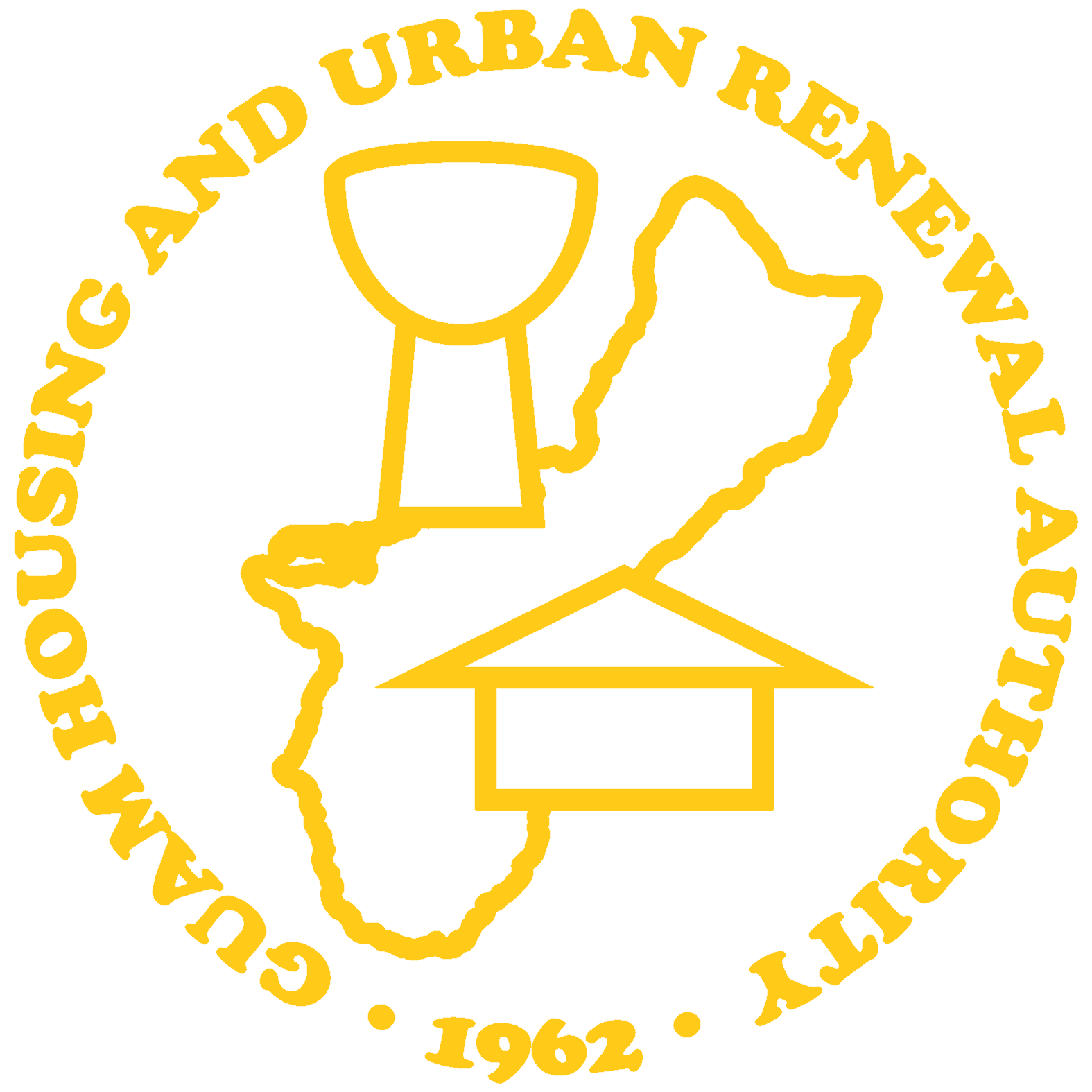Summary:
Enacted into law on May 20, 2009, the Homeless Emergency Assistance and Rapid Transition to Housing (HEARTH) Act revises the Emergency Shelter Grant and renames it to the Emergency Solutions Grant. This program provides funding to 1) provide outreach to engage homeless persons living on the street; 2) improve the number and quality of homeless shelters for homeless individuals and families; 3) assist in the operation of shelters; 4) provide essential services to persons residing in shelters; 5) rapid re-house homeless individuals and families; and 6) prevent individuals and families from becoming homeless. Emergency Solutions Grants (ESG) are provided by the U.S. Department of Housing and Urban Development (HUD). GHURA administers ESG for Guam.
Eligible Applicants:
Applicants must be organizations that run homeless assistance projects to assist individuals and families on Guam who are homeless or at immediate risk of becoming homeless.
- Local governments or
- Nonprofit organizations.
Eligible Beneficiaries:
A person must be homeless or at immediate risk of becoming homeless to receive help from ESG projects.
Four categories of homelessness (HEARTH: “Defining Homeless” Final Rule, 24 CFR Parts 91, 582 and 583):
- Individuals and families who lack a fixed, regular, and adequate nighttime residence and includes a subset for an individual who resided in an emergency shelter or place not meant for human habitation and who is exiting an institution where he or she temporarily resided;
- Individuals and families who will imminently lose their primary nighttime residence;
- Unaccompanied youth and families with children and youth who are defined as homeless under other federal statutes who do not otherwise quality as homeless under this definition; and
- Individuals and families who are fleeing, or are attempting to flee, domestic violence, dating violence, sexual assault, stalking or other dangerous or life-threatening conditions that relate to violence against the individual or a family member.
Criteria for defining at-risk for homelessness (HEARTH: Emergency Solutions Grants Program and Consolidated Plan Conforming Amendments Interim Rule, 24 CFR Parts 91 and 576):
1) An individual or family who:
- Has an annual income below 30% of median family income for the area AND
- Does not have sufficient resources or support networks immediately available to prevent them from moving to an emergency shelter or another place defined in Category 1 of the “homeless” definition; AND
- Meets one of the following conditions:
- Has moved because of economic reasons 2 or more times during the 60 days immediately preceding the application for assistance; OR
- Is living in the home of another because of economic hardship; OR
- Has been notified that their right to occupy their current housing or living situation will be terminated within 21 days after the date of application for assistance; OR
- Lives in a hotel or motel and the cost is not paid for by charitable organizations or by Federal, State, or local government programs for low-income individuals; OR
- Lives in an SRO or efficiency apartment unit in which there reside more than 2 persons or lives in a larger housing unit in which there reside more than one and a half persons per room; OR
- Is exiting a publicly funded institution or system of care; OR
- Otherwise lives in housing that has characteristics associated with instability and an increased risk of homelessness, as identified in GHURA’s Con Plan.
Eligible Program Components:
- Street Outreach
- Emergency Shelter,
- Funds for Street Outreach and Emergency Shelter are limited to 60% of GHURA’s fiscal year grant; or
- The amount committed for homeless assistance activities for Fiscal Year 2010
- Homeless Prevention and Rapid Re-Housing
- Homeless Management Information System (HMIS), and
- Administrative Activities
- Cannot exceed 7.5% of GHURA’s fiscal year grant.
Note: According to the HEARTH Interim Rule, 24 CFR Parts 91 and 576, recipients can choose which program component to obligate funds based on the community need. For program year 2012, GHURA has obligated funds to provide Homeless Prevention and Rapid Re-Housing services.
Application:
PY2025 ESG LIVE Application Link
ESG Certification
ESG Budget Template
Technical Guidance:
ESG is authorized under Subtitle B of Title IV of the Stewart B. McKinney Act (42 U.S.C. 11371 et seq.). Program regulations are at 24 CFR Parts 91 and 576. Additional information about the ESG program can be found by visiting the ESG program web pages at the HUD Homeless Resource Exchange website, HUDHRE.info.
Topic: PY2025 TA Emergency Solutions Grant Workshop
Time: Tuesday, April 8, 2025 1:00 PM - 3:00 PM
Location: Central Arts Hall, Sinajana Mayor Office Complex



